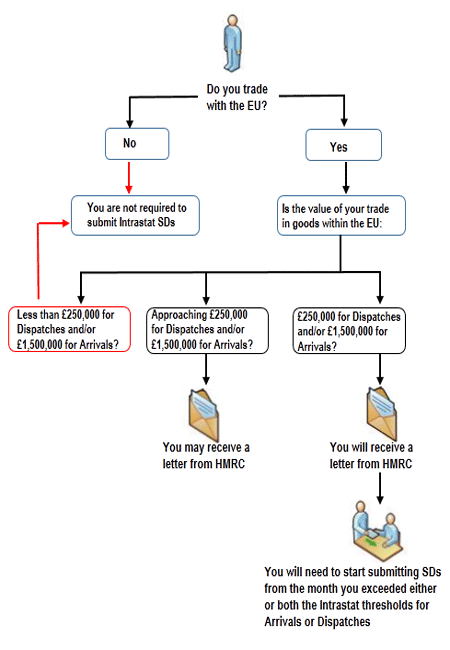VAT: Land and property
I am quite often asked the seemingly straightforward question: Can I recover VAT on this land purchase? So, by way of a little quiz, I look at why this can be a loaded question.
Background
A person purchases bare land in the UK for £450,000 which is subjected to the option to tax. So, VAT of £90,000 is incurred. Your task, should you wish to accept it, is to say yes, no, or maybe to input tax recovery in the following situations (assume the purchaser is VAT registered).
Questions
On the purchased land the person constructs:
- a dwelling and supplies the house on a 25-year lease
- an office and uses it for his own business supplying FS to a client in China
- a storage facility and a fully taxable company leases it to another company in the same partly exempt VAT group after opting to tax
- a block of ten flats with a gym and swimming pool which tenants are entitled to use. Grants 99 years leases on all flats
- a dwelling but uses it for short term holiday lets of no more than a fortnight.
- a warehouse which is sold on completion but without an option to tax being made before the sale
- the land is held with the intention of constructing dwellings at some time in the future, which could be over six years
- a factory which is not subjected to an option to tax but is leased to an US company
- a block of three flats which are rented for six months before freehold sale
- a sport hall by a school Academy which is leased to sporting charities and also used for its own educational purposes. No option to tax
- a manufacturing plant which a company rents to a connected (non-VAT grouped) party which makes and sells toys. The option is taken
- a car showroom and offices which a company uses for its own business of selling cars, providing finance and brokering insurance
- a care home for the elderly which a company uses for that purpose
- a small cabin office and the remaining land is used for a forestry business which will have no sales for ten years (when the trees are grown)
- a residential block which is immediately transferred to an associated company (an arm’s length transaction) on completion. No tenants are in situ.
We are looking at recovery of input tax on the land purchase here, ignoring other (say; construction and professional) costs. That is another article in itself.
The questions have been simplified, usually, they tend to be rather more “involved”.
Answers
…soon!

